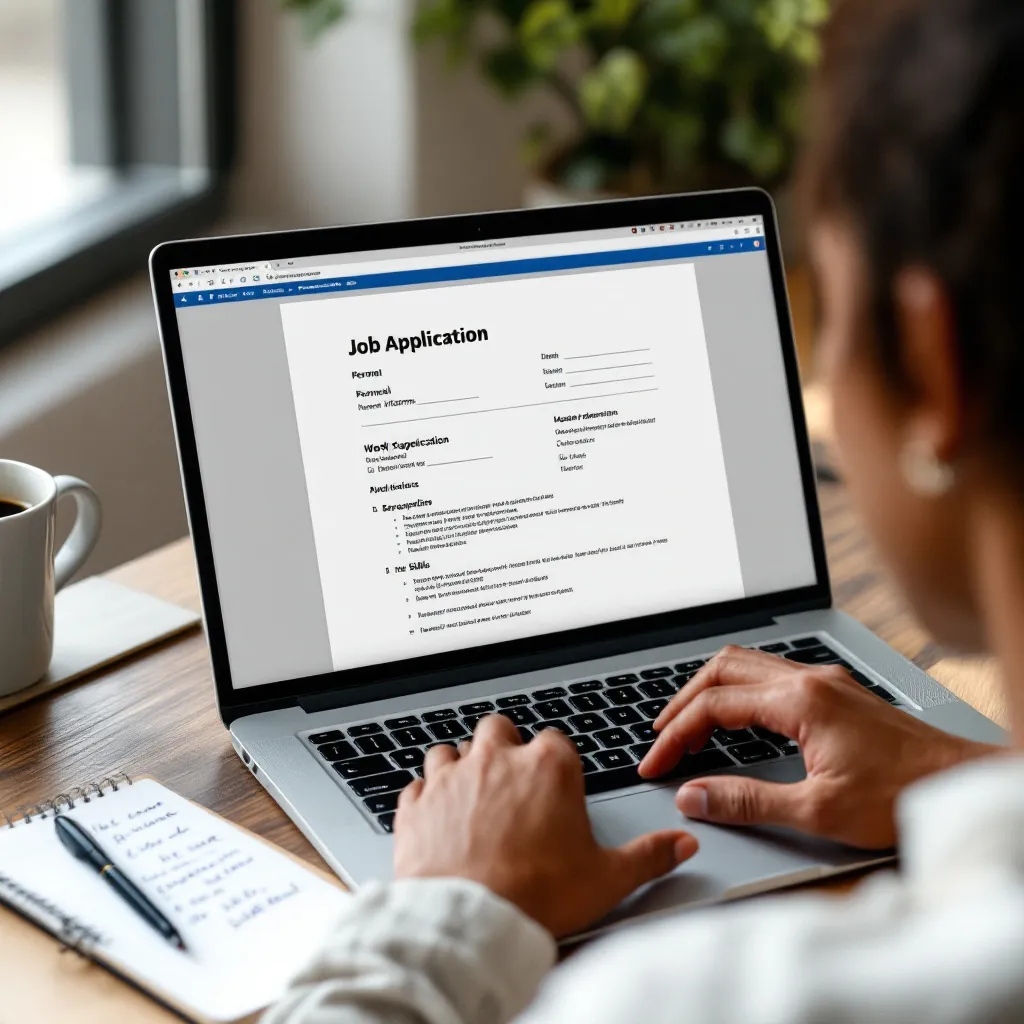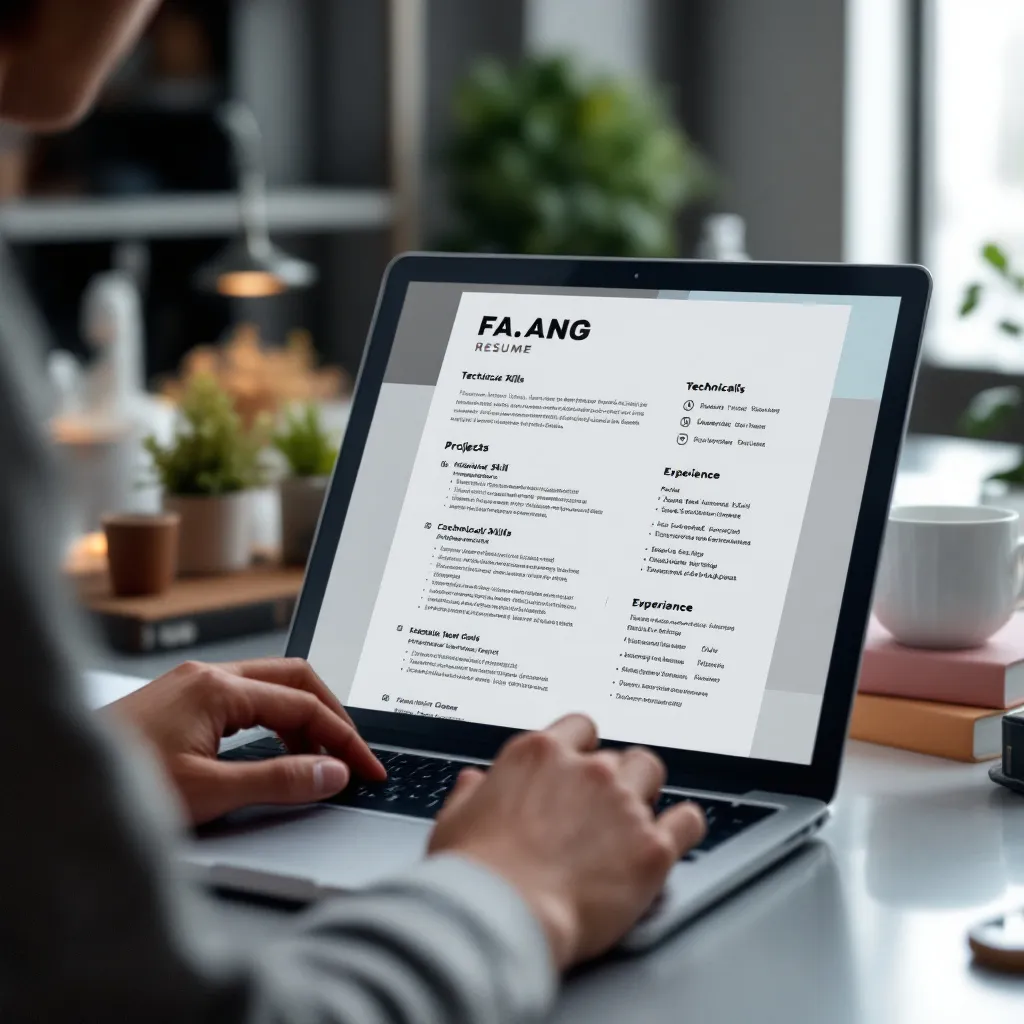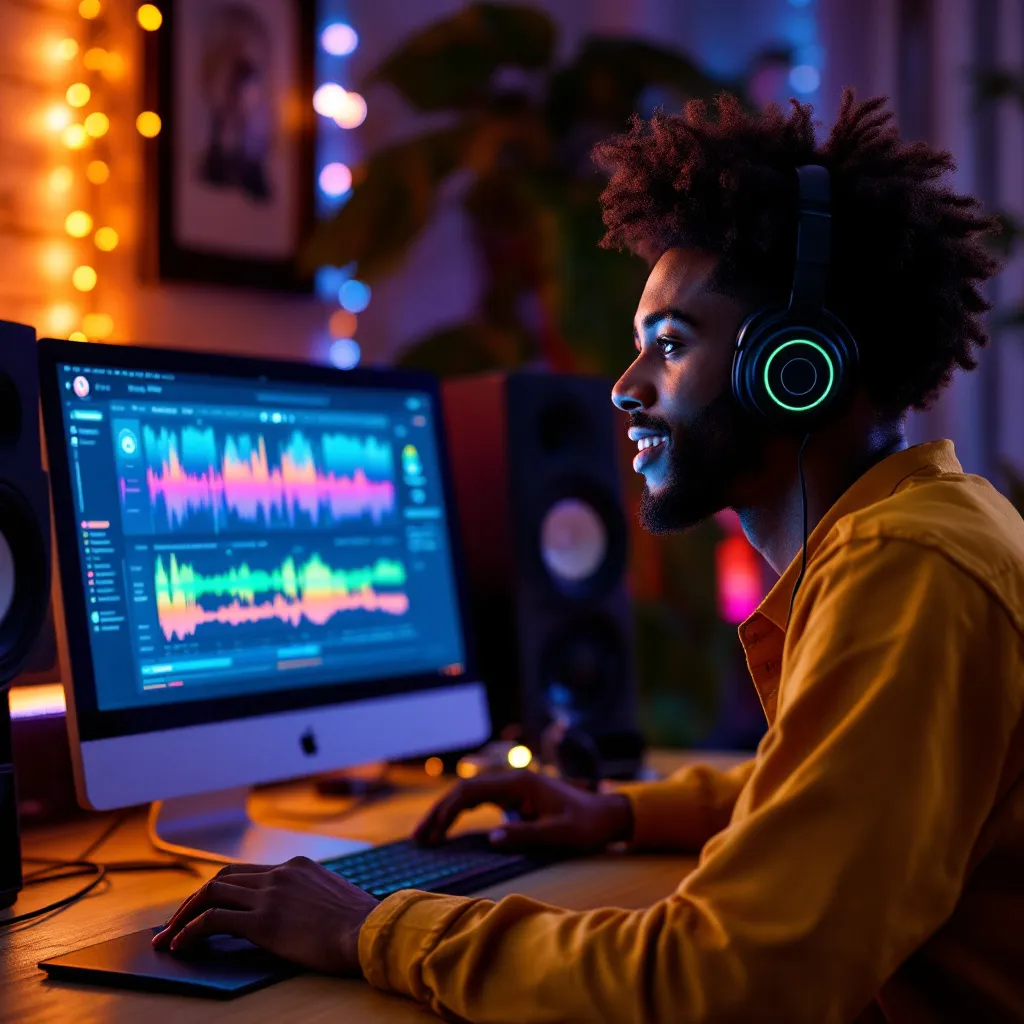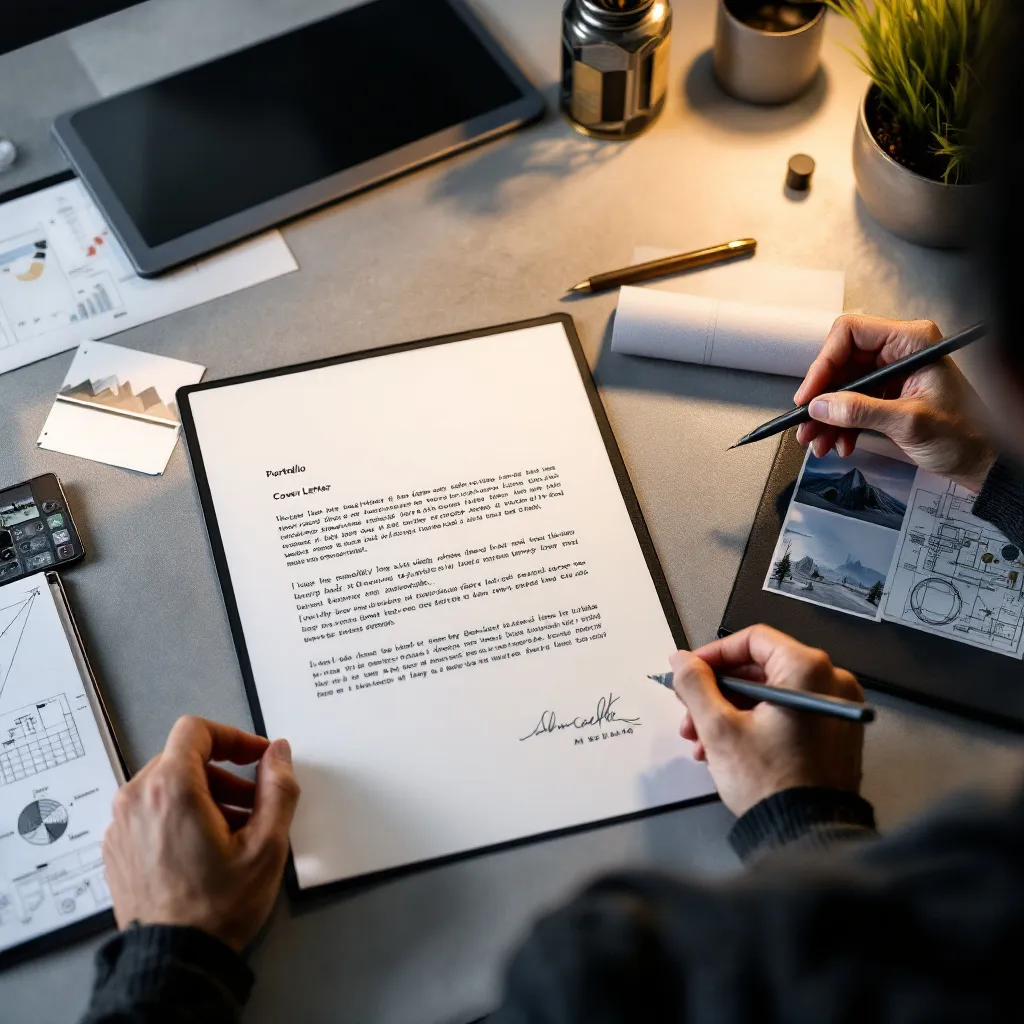In today’s competitive job market, a compelling cover letter can make all the difference between landing an interview or being overlooked. However, crafting the perfect cover letter for each application can be time-consuming and challenging. This is where AI cover letter generators come in, offering a powerful solution to streamline your job application process. In this comprehensive guide, we’ll explore everything you need to know about these innovative tools, from how they work to how to maximize their effectiveness for your job search.
AI cover letter generators leverage sophisticated natural language processing (NLP) and machine learning technologies to create personalized, professional cover letters. These tools analyze job descriptions, extract key requirements, and match them with information from your resume to generate tailored content that speaks directly to employers’ needs.
Modern cover letter generators have evolved far beyond simple templates. Advanced platforms like Kickresume’s AI Cover Letter Writer employ GPT-4 and similar models to produce context-aware content that sounds natural and professional. Meanwhile, tools like GrammarlyGO focus on refining tone and style to match industry expectations.
Types of Cover Letter Generators Available Today
The market offers a variety of AI cover letter solutions to meet different needs:
-
Free vs. Premium Solutions: Basic generators offer limited templates and features at no cost, while premium options provide advanced customization, ATS optimization, and integration with other job search tools.
-
Standalone Tools vs. Integrated Platforms: Some generators function as independent tools, while others, like ResuFit, offer comprehensive job application suites that include resume builders, cover letter generators, and interview preparation resources.
-
Web-Based vs. Mobile Options: Desktop platforms typically offer more robust features, while mobile apps prioritize convenience for on-the-go applications.
-
Industry-Specific Generators: Specialized tools cater to specific sectors like tech, healthcare, or creative industries with tailored language and formatting.
How AI Analyzes Job Requirements
What makes these tools truly powerful is their ability to decode job listings. The AI employs several sophisticated processes:
-
Keyword Extraction: The AI identifies critical skills, qualifications, and requirements from job descriptions.
-
Relevance Scoring: It determines which of your qualifications best match the position’s requirements.
-
Cultural Analysis: Advanced systems even analyze company tone and values from job listings to match your letter’s style accordingly.
-
ATS Optimization: Tools like Rezi.ai strategically incorporate keywords to help your application pass through Applicant Tracking Systems.
Benefits of Using AI Cover Letter Generators
The advantages of using AI to create cover letters extend far beyond simple convenience.
Time Efficiency and Productivity
Perhaps the most obvious benefit is time savings. According to Hloom’s research, what might take you hours to draft manually can be accomplished in minutes with AI assistance. For job seekers applying to multiple positions, this efficiency is invaluable.
Improved Alignment with Job Requirements
AI tools excel at identifying exactly what employers are looking for and highlighting relevant qualifications. CoverDoc.ai can even incorporate data from LinkedIn and other sources to create highly targeted content.
Grammatical errors and formatting inconsistencies can immediately disqualify an otherwise strong candidate. AI tools like Grammarly eliminate these issues while maintaining professional standards across all your application materials.
Overcoming Common Cover Letter Writing Challenges
Many job seekers struggle with:
-
Writer’s Block: AI generators provide a solid starting point, eliminating the intimidation of a blank page.
-
Industry-Specific Language: These tools understand the terminology and conventions across different sectors.
-
Customization at Scale: When applying to multiple similar positions, AI can efficiently create variations that feel fresh and tailored.
-
Language Barriers: Non-native speakers can produce professional-quality writing that meets cultural and linguistic expectations.
Accessibility and Inclusivity Benefits
AI cover letter tools serve as equalizers in the job market:
- They help level the playing field for applicants without professional writing experience
- Assist those with learning disabilities or language barriers
- Provide structure and guidance for first-time job seekers
- Offer consistent quality regardless of educational background
Limitations and Potential Pitfalls of AI-Generated Cover Letters
While AI cover letter generators offer significant advantages, they come with limitations that every job seeker should understand.
The Generic Content Risk
One of the most significant challenges with AI-generated content is avoiding generic phrasing. As Bravo Careers’ analysis points out, over-reliance on AI can result in letters that sound robotic or impersonal.
Emotional Intelligence Limitations
AI still struggles with conveying genuine enthusiasm and passion. According to CGHS School NZ, this can be problematic for roles where emotional intelligence and authentic connection are crucial.
Tools like Novoresume can only work with the information you provide. Vague inputs lead to vague outputs, making your detailed preparation essential for quality results.
Recognizing AI-Generated Content in the Hiring Process
Experienced recruiters have become adept at spotting AI-generated content:
- Generic phrases and formulaic structures raise red flags
- Lack of specific company knowledge or personal anecdotes stands out
- Missing emotional resonance can signal automated content
- Inconsistencies between resume voice and cover letter tone
Legal and Ethical Considerations
Using AI assistance raises several important considerations:
- Transparency: Should you disclose your use of AI tools to potential employers?
- Data Privacy: What happens to your personal information when using online generators?
- Content Ownership: Who owns the rights to AI-generated content?
- Authentic Representation: Does an AI-generated letter accurately represent your communication skills?
Maximizing Results: Best Practices for Using Cover Letter Generators
To get the most from AI cover letter tools while avoiding potential pitfalls, follow these best practices:
- Provide a well-optimized resume with clear achievements
- Include the complete job description, not just fragments
- Add notes about your specific interest in the company
- Highlight unique qualifications relevant to the position
According to Perplexity’s Guide, the most effective approach combines AI-generated structure with personal anecdotes and leadership examples. This creates a hybrid that maintains efficiency while ensuring authenticity.
Edit Thoroughly
- Replace generic phrases with specific examples
- Add personal voice and style elements
- Incorporate company-specific knowledge
- Ensure tone matches the company culture
For job seekers applying to multiple positions, establishing an efficient workflow is crucial:
- Prepare your base materials (resume, achievements list, personal statement)
- Research each company to gather specific insights
- Generate the initial draft using the AI tool
- Customize with company-specific information
- Edit for personal voice and authenticity
- Proofread thoroughly before submission
Personalization Strategies for AI-Generated Content
The key to standing out is thoughtful personalization:
- Add company-specific research showing you understand their challenges
- Include personal stories that demonstrate relevant skills
- Reference specific projects from your experience that align with their needs
- Adjust tone and language to match company culture
Industry-Specific Cover Letter Generation Strategies
Different industries have unique expectations for cover letters, requiring tailored approaches when using AI tools.
Technical and STEM Field Applications
For technical roles:
- Emphasize quantifiable achievements and technical proficiency
- Balance technical keywords with soft skills
- Include specific examples of problem-solving
- Reference relevant projects or publications
Tools like Rezi.ai excel at ATS-focused keyword integration, which is particularly valuable in technical fields where applications often face rigorous automated screening.
Creative and Marketing Industry Applications
For creative positions:
- Demonstrate creativity in how you customize the AI output
- Incorporate your unique brand voice
- Reference your portfolio strategically
- Show cultural fit and industry knowledge
Simplified offers visual design customization features that help creative professionals stand out while maintaining professional standards.
Healthcare and Regulated Industries
For healthcare and other regulated sectors:
- Ensure compliance with industry terminology and standards
- Highlight relevant certifications prominently
- Demonstrate understanding of regulatory frameworks
- Balance technical knowledge with patient/client-focused soft skills
BeamJobs specializes in compliance-focused language that’s particularly valuable in these highly regulated environments.
Advanced Techniques: From AI Draft to Standout Cover Letter
To truly excel with AI-generated cover letters, consider these advanced strategies:
Leadership Storytelling Integration
As demonstrated in PMC’s leadership study, merging AI-generated structure with personal leadership examples creates compelling narratives. This approach:
- Demonstrates practical application of your skills
- Shows initiative and problem-solving abilities
- Provides memorable specifics that generic content lacks
- Highlights your unique value proposition
Dynamic Editing Techniques
Kickresume’s section regeneration feature allows you to refine specific parts of your letter without starting over. This targeted approach helps you:
- Perfect your opening to grab attention immediately
- Strengthen weak sections while preserving strong ones
- Experiment with different tones and approaches
- Fine-tune your closing call to action
Cultural Adaptation for Global Applications
When applying for international positions, cultural adaptation becomes crucial. Apply principles from SAMHSA’s Cultural Competence Guide to ensure your content respects cultural norms and demonstrates global awareness.
Visual Distinction Elements
Some generators like Simplified allow you to add custom visual elements that make your application stand out while maintaining professionalism.
Incorporating Feedback and Iteration
The most successful job seekers treat cover letter creation as an iterative process:
- Seek peer review from industry colleagues
- Track application outcomes to identify patterns
- A/B test different approaches for similar positions
- Continuously refine your process based on results
The Future of AI in Job Applications
The landscape of AI job application tools continues to evolve rapidly, with several emerging trends:
Predictive Analytics Integration
According to Perplexity’s Guide, future tools may analyze company culture via LinkedIn and Glassdoor data to predict the most effective approach for specific employers.
Real-time Collaboration Features
Features like Grammarly’s team editing point toward collaborative application tools where mentors or career coaches could provide direct feedback within the platform.
Ethical AI Frameworks
As these tools become more sophisticated, the industry is moving toward ethical frameworks that balance automation with diversity, equity, and inclusion principles, as outlined in Deloitte’s Inclusive Leadership study.
Integrating with Broader Career Development AI
Cover letter generators are increasingly becoming part of comprehensive career development ecosystems that include:
Platforms like ResuFit lead this integration trend, offering a comprehensive suite of tools that work together seamlessly to support the entire job application process.
Staying Human in an AI-Assisted Job Market
As AI tools become ubiquitous, the ability to maintain humanity and authenticity will become an increasingly valuable differentiation:
- Focus on conveying genuine enthusiasm and cultural fit
- Highlight uniquely human qualities like creativity and emotional intelligence
- Use AI as a foundation but let your personality shine through
- Develop a personal brand that transcends AI-generated content
Choosing the Right Cover Letter Generator for Your Needs
With numerous options available, selecting the right tool requires careful consideration of your specific requirements.
Key Features to Evaluate
When comparing cover letter generators, consider these factors:
- ATS Optimization Capabilities: How effectively does the tool incorporate keywords for applicant tracking systems?
- Customization Options: Can you easily tailor outputs for different industries and positions?
- User Experience: Is the interface intuitive and the process streamlined?
- Integration: Does it connect with other job search tools you use?
- Output Quality: How natural, professional, and compelling are the results?
- Privacy Policies: How is your data protected and used?
Comparative Analysis of Popular Cover Letter Generators
Certain scenarios may benefit from specialized tools:
- Career Changers: Look for tools that emphasize transferable skills and reframe experience
- Employment Gaps: Choose generators that focus on skills and achievements rather than chronology
- Entry-Level Positions: Select tools that highlight education, internships, and potential
- Executive Roles: Opt for sophisticated platforms that emphasize leadership and strategic impact
- International Applications: Consider tools with cultural adaptation features
Conclusion: The Balanced Approach to AI Cover Letter Generation
AI cover letter generators represent a powerful advancement in job application technology, offering significant time savings and quality improvements. However, the most successful approach combines AI efficiency with human creativity and personal touch.
By understanding both the capabilities and limitations of these tools, you can leverage them to create compelling, personalized cover letters that showcase your qualifications while maintaining your authentic voice. Whether you’re applying to your first job or seeking an executive position, the right AI tool—used strategically—can give you a competitive edge in today’s challenging job market.
ResuFit offers a comprehensive solution that integrates AI-powered resume building, cover letter generation, and interview preparation in one platform. With its ATS optimization features and job-specific customization capabilities, it provides everything you need to create professional, tailored application materials that get results.
Ready to transform your job application process? Start by exploring the AI tools that best match your specific needs, and remember that the most effective cover letters combine technological efficiency with your unique human perspective.




















